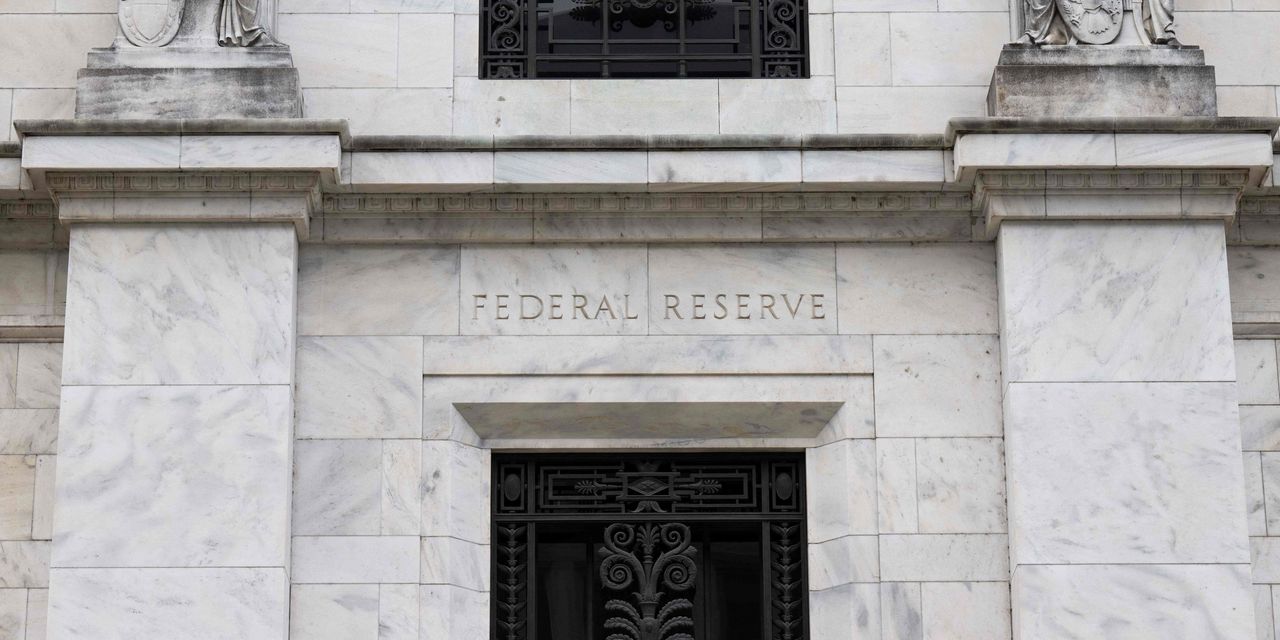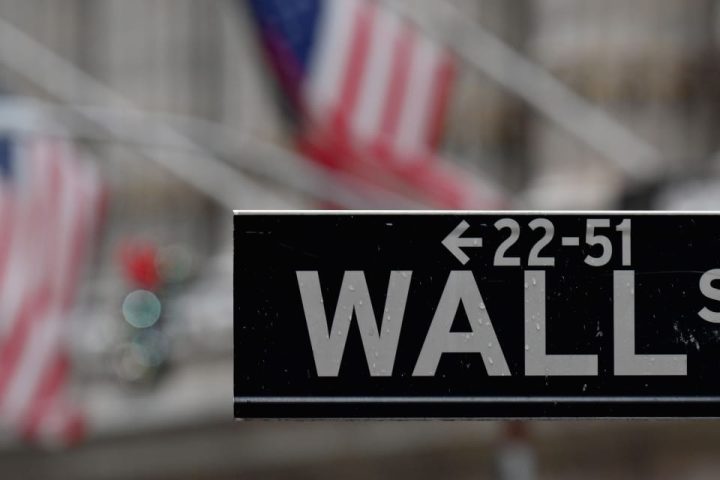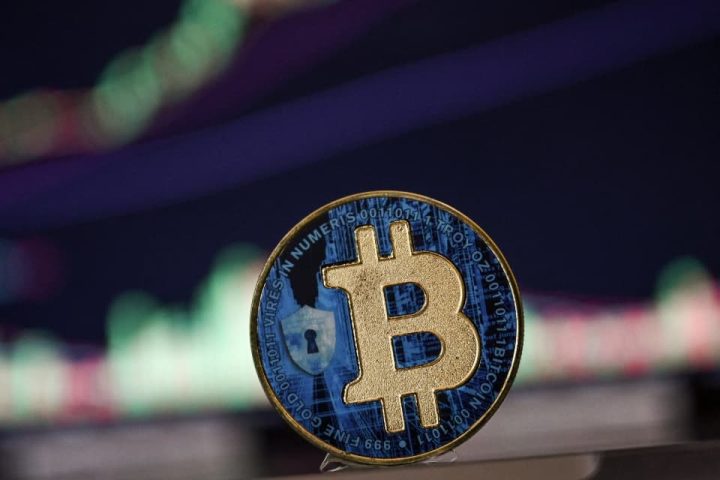A Ned Davis strategist thinks it’s too early for investors to embrace the idea that benchmark U.S. borrowing costs have found a peak.
Investors appeared more comfortable lately with a backdrop of a roughly 5% 10-year Treasury yield,
BX:TMUBMUSD10Y
after a sharp selloff in longer-dated government bonds wiped out yearly gains for many bond portfolios and rattled stocks.
Despite a harsh October, the closely followed iShares 20+Year Treasury Bond ETF
TLT
was up 0.5% Tuesday, after recently sinking to its lowest level since 2006. The benchmark 10-year Treasury yield, used to finance households and the economy, also was settling in around 4.85%, easing back from a brief push above 5%, the highest level in 16 years.
Higher interest rates can take the shine off highflying technology stocks by increasing borrowing costs and weighing on the value of potential future earnings.
Yet, Joseph Kalish, chief global macro strategist at Ned Davis Research thinks a jump toward a 7% 10-year Treasury yield still looks possible.
“Certainly I cannot rule out a move to 3.00% or less in a recession or disinflationary scenario, where nominal growth would sink significantly below the rate of interest,” he wrote in a Tuesday client note.
But Kalish also thinks it’s worth looking at historical averages, which show that a 10-year Treasury yield of 7.25% is “very defensible.”
Kalish argues that historical levels of inflation and rates show an average neutral rate of interest from the Fed of 2.25%, a term premium of 1.65% since 1961 and inflation of 3.3% since 1960, via the Fed’s preferred inflation gauge, the personal-consumption expenditures index.
“Add all that up and you get 7.20%,” he wrote. “So getting comfortable with a 5.00% 10-year Treasury is actually quite conservative!”
The Fed’s PCE index pegged yearly inflation at 3.4% in September, unchanged from the prior month but still above the Fed’s 2% yearly target.
Bonds have sold off sharply since July when the Fed raised its policy interest rate to a 22-year high in the 5.25%-5.5% range. The central bank in subsequent meetings kept rates steady but warned they could stay high for some time to contain inflation.
While the Fed isn’t expected to make any changes to its policy range on Wednesday, after a two-day policy meeting, the S&P 500
SPX
and Nasdaq Composite Index
COMP
already both fell into correction territory last week, registering a drop of at least 10% from their earlier peak.
See: The stock market hinges on Fed Chair Jay Powell’s every word. Now, the presidential election could too
Stocks
DJIA
were mostly higher Tuesday, except for shares of a handful of highflying technology companies that helped fueled a rally in equities in 2023. Aside from Microsoft Corp.
MSFT,
and Amazon.com Inc.,
AMZN,
shares of the other so-called Magnificent Seven stocks
META,
GOOG,
NVDA,
TSLA,
AAPL,
have fallen about 5% to 25% in the past three months as long-term U.S. bond yields have shot higher, according to FactSet.
With this backdrop, Ned Davis said it reduced equity exposure on Oct. 25, but is still recommending a 60% allocation to U.S. stocks, 30% to bond sand 10% to cash.
Read the full article here







